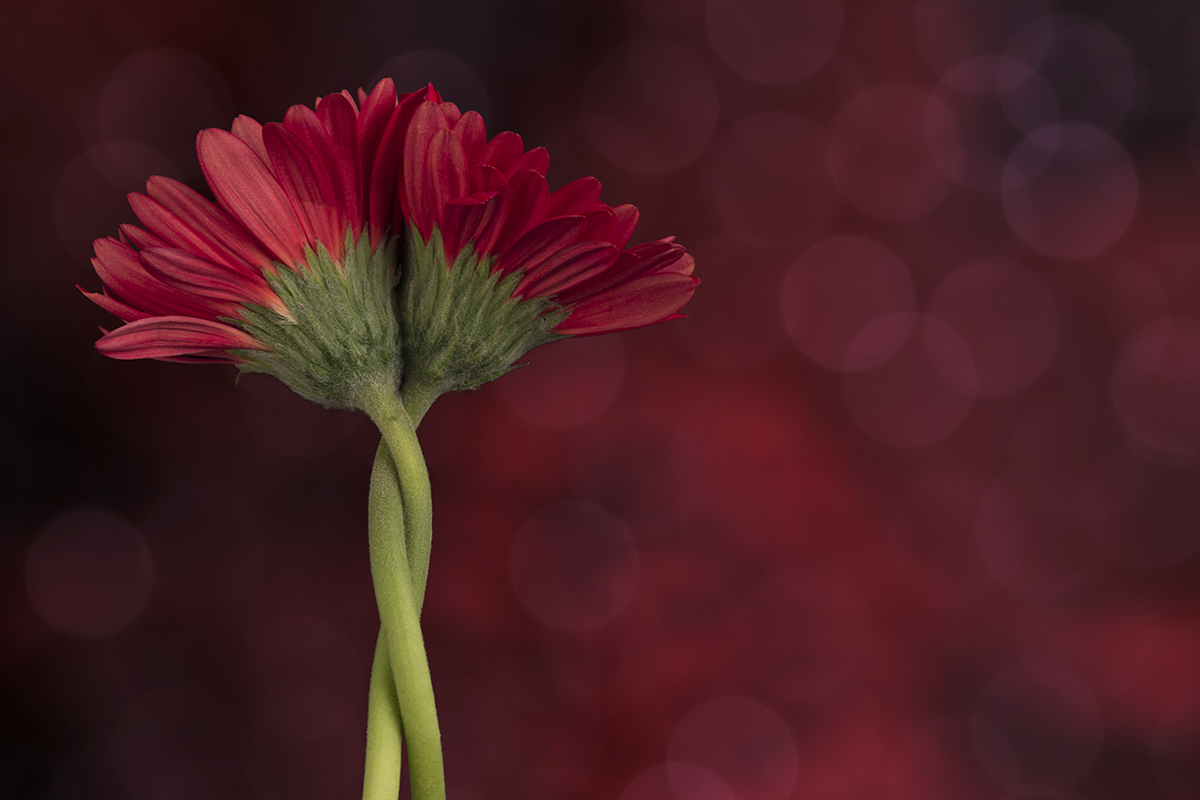Most of us have heard of the popular myth of alchemists attempting to turn base metal into Gold, and their search for the Philosopher’s Stone and the Elixir of Life. For years I looked into books on alchemy and could make no sense of it. It seemed to be cloaked in intellectualism, complex concepts and puzzling symbolism, but I continued to be intrigued. I then had a ‘eureka’ moment, when I realised that each of the main alchemical processes were the same intrinsic energy pattern as each of the eight Celtic festivals and so I was able to understand them perfectly from this perspective! My journey through the Wheel of the Year has been greatly deepened by this fusion of the two systems and this book Earth Alchemy (formally The Alchemist’s Journey) grew from this union.
The art of transformation
Alchemy has a long and varied history that spans many ages, cultures and civilizations. The strength of alchemy lies in these deep roots that go far back in Time. Alchemy is a study of the art of transformation and, true to itself, it has transformed many times, surviving the changing political and religious climates of many centuries. Its early roots are in the ancient civilizations of China and Egypt and by the fifth century AD it was known as ‘the Divine Art’ or ‘the Sacred Art’ in China, India, South East Asia, Japan and the Far East. The early alchemists were philosophers and healers searching for the Elixir of Life. They understood that mind, body and Spirit were One and that personal philosophy was as much a part of healing and longevity as the elixirs they were creating. The search for Gold may have begun as a metaphor for the most precious thing we have, our health.
The early Chinese alchemists were Taoists who aimed to keep the energy flowing through the body and saw this as a key to prolonging life. They worked with three vital energies: Chi, the Life Force; Ching, the Vital Essence; and Sheen, breath control. Indian alchemy was influenced by Hinduism and, like its Chinese counterpart, sought to prolong life, in this case through Yoga and Tantra, seeking to cleanse the body and mind through breath control (Prana) and work with the seven chakras. They aimed to release energies latent in the body to gain enlightenment and absolute freedom from the confines of Time.
Alchemy came to Europe in the Middle Ages, probably after the Crusades (1095–1099). The search for the Holy Grail and the Chalice grew from this period of cultural fusion. To understand medieval alchemy, we need to appreciate the political, religious and scientific climate of the times. Medieval alchemy was a fusion of the earlier alchemical texts, the philosophical minds of the day, the growth of Christianity and the rising power of the medieval Church. With its introduction into Europe, alchemy began to lose touch with its metaphysical and spiritual roots and was influenced by the climate of new scientific discoveries such as chemistry, and the distillation process, which led to healing elixirs being made from plant and mineral extracts.
From the Middle Ages onwards alchemy became cloaked in intrigue, secrets and hidden codes. The alchemical processes, which had begun as an exploration of natural laws and chemical reactions, were now hidden in metaphor and symbolism. This was an attempt to disguise what the powerful medieval Church condemned as heretical, since alchemy was based on the belief that individuals could develop their own spiritual path without the intervention and control of the Church.
There are no fixed doctrines in alchemy. Each alchemist follows their own unique path, beginning with what they know and developing through what they discover. As part of an on going process each alchemist integrates their experiences with their own personal spiritual development, growth and understanding, and then ‘earths’ this in their own personal philosophy ~ their Philosophers Stone. It is based on simple observations of natural laws that root it firmly in the Earth, in the self and in the journey itself.
A circular journey
This is the same with following the Wheel of the Year and the Celtic festivals. We each celebrate and honour them in our own way. There is no hierarchy, no one telling us how to celebrate them. We do what feels right and good for ourselves and this deepens our personal philosophy and spirituality and our relationship with the Earth. As with alchemy, the journey is always circular. There are always endings, whether created by choice, by time or by circumstances, but each ending opens up a new beginning and each time the journey deepens, as new cycles of understanding grow from within.
As an alchemist I aim to unite all parts of myself, to embrace the invisible as well as the visible, the acceptable as well as the unexplained. I follow my feelings and my intuition; I follow my imagination into the world within me. I look at what is hidden, reading between the lines, searching for the common bonds and the roots of communion, the paths that create unity and harmony. To find the root of my happiness and good health ~ the Elixir of Life and the Gold! This ultimately leads to our planetary healing as we each become more conscious of the unity and interconnection of all of life.
From Earth Alchemy, © 2013 by Glennie Kindred, published by Hayhouse
Cygnus Code: 151209
EARTH ALCHEMY
by Glennie Kindred
Glennie Kindred made a miraculous discovery – that there is a direct link between the energies of the art of alchemy and the eight Celtic festivals which span the year. This book teaches how to fuse the beautiful ancient potencies that flow through these festivals with your inner life and truly learn to become an alchemist. Click here to buy.







